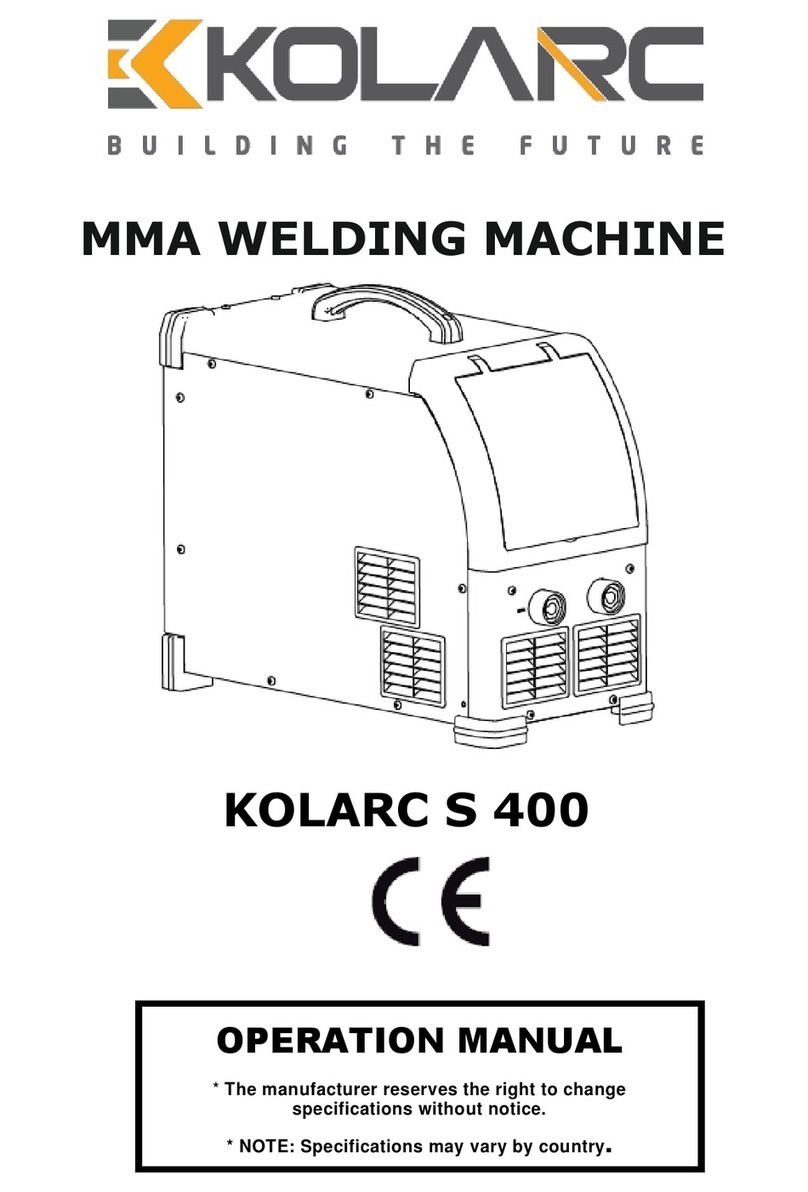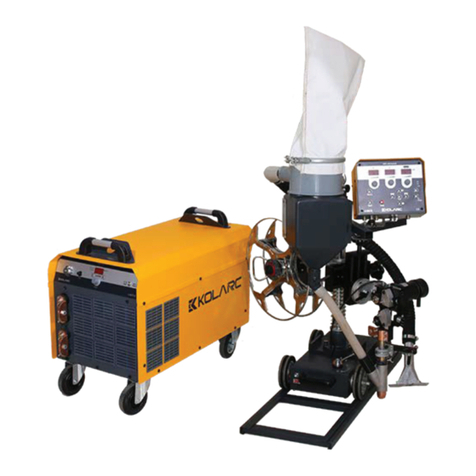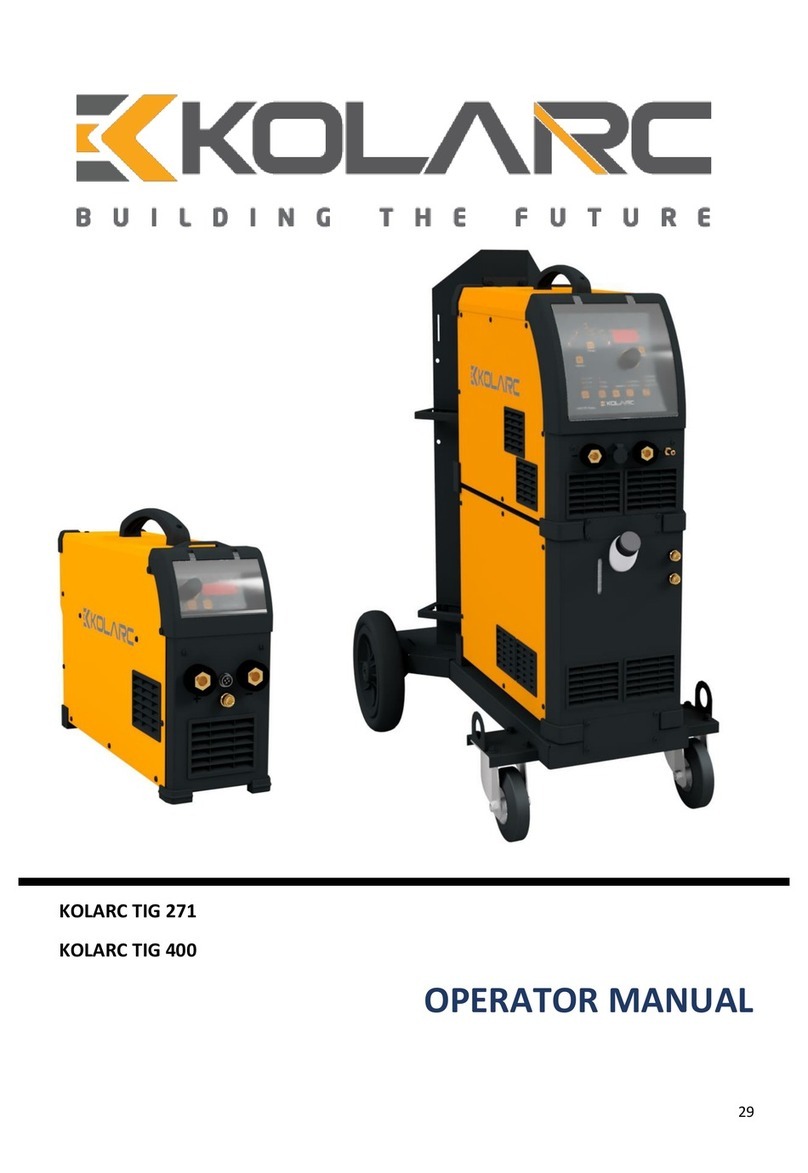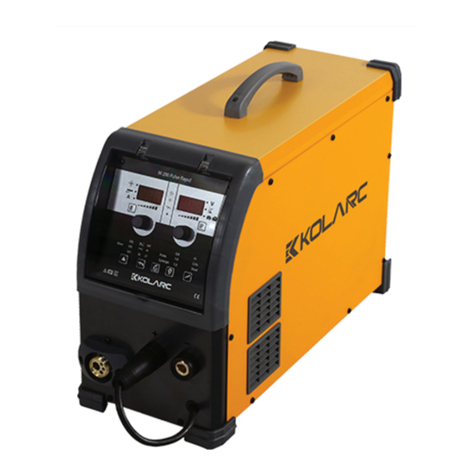
2
Contents......................................................................................................................................................................................2
Safety Instructions......................................................................................................................................................................4
Explanation of Safety Instructions...............................................................................................................................................................4
General...................................................................................................................................................................................................4
Intended Use............................................................................................................................................................................................4
Safety Symbols.........................................................................................................................................................................................5
Environmental Conditions.........................................................................................................................................................................6
Obligations of the Operating Company.....................................................................................................................................................6
Obligations of Personnel...........................................................................................................................................................................6
Grid Connection.......................................................................................................................................................................................6
Personal Protection and Protection of Others..............................................................................................................................................7
Danger from toxic gases and vapors..........................................................................................................................................................7
Danger from Flying Sparks........................................................................................................................................................................8
Risks from grid current and welding current................................................................................................................................................8
Stray welding currents...............................................................................................................................................................................9
EMC Device Classifications......................................................................................................................................................................10
EMC Measures.......................................................................................................................................................................................10
EMF measures........................................................................................................................................................................................11
Particular Hazard Areas..........................................................................................................................................................................11
Requirement for the shielding gas............................................................................................................................................................12
Danger from Shielding Gas Cylinders......................................................................................................................................................12
Danger Posed by Shielding Gas Leak.......................................................................................................................................................13
Safety Measures at the Setup Location and During Transport......................................................................................................................13
Safety Measures in Normal Operation.....................................................................................................................................................13
Maintenance and repair..........................................................................................................................................................................14
Safety Inspection.....................................................................................................................................................................................14
Disposal.................................................................................................................................................................................................15
Safety Symbols.......................................................................................................................................................................................15
Data backup..........................................................................................................................................................................................15
Copyright...............................................................................................................................................................................................15
Declaration of conformity........................................................................................................................................................................16
Introduction..............................................................................................................................................................................17
Overview...............................................................................................................................................................................................17
Duty Cycle.............................................................................................................................................................................................19
Selecting a Distance................................................................................................................................................................................19
Connection Input Power............................................................................................................................................................20
General.................................................................................................................................................................................................20
Safety.....................................................................................................................................................................................................20
Connect the mains cable.........................................................................................................................................................................20
Receptacle Information............................................................................................................................................................................21
Generator-Powered Operation................................................................................................................................................21
Generrator powered operation................................................................................................................................................................21
Commissioning.........................................................................................................................................................................22
Safety.....................................................................................................................................................................................................22
General ................................................................................................................................................................................................22
Information on system components.........................................................................................................................................................22
Welding processes and procedures for MIG/MAG welding.....................................................................................................22
General.................................................................................................................................................................................................22
Brief description of MIG/MAG standard synergic welding..........................................................................................................................22
Brief description of MIG/MAG pulsed synergic welding..............................................................................................................................23
Brief description of Duo Pulse / Position welding.......................................................................................................................................23
Brief description the gouging (Arc Air Gouging)........................................................................................................................................23
System Components..................................................................................................................................................................23
General.................................................................................................................................................................................................23
Safety.....................................................................................................................................................................................................23
VRD: Safety principle...............................................................................................................................................................................24
Control Panel.........................................................................................................................................................................................25
Control Panel.........................................................................................................................................................................................26
Job List / Function Graphic / Function List................................................................................................................................................27
Connections, switches and mechanical components................................................................................................................28
Side view................................................................................................................................................................................................28
MX350, MX270 powersupply front / rear view..........................................................................................................................................29
Minimum equipment for welding operations...........................................................................................................................30
General.................................................................................................................................................................................................30
Gas-cooled MIG/MAG welding...............................................................................................................................................................30
Water-cooled Mıg/mag welding..............................................................................................................................................................30
Manual metal arc welding.......................................................................................................................................................................30
Minimum equipment for arc air gouging..................................................................................................................................................30
Contents
































